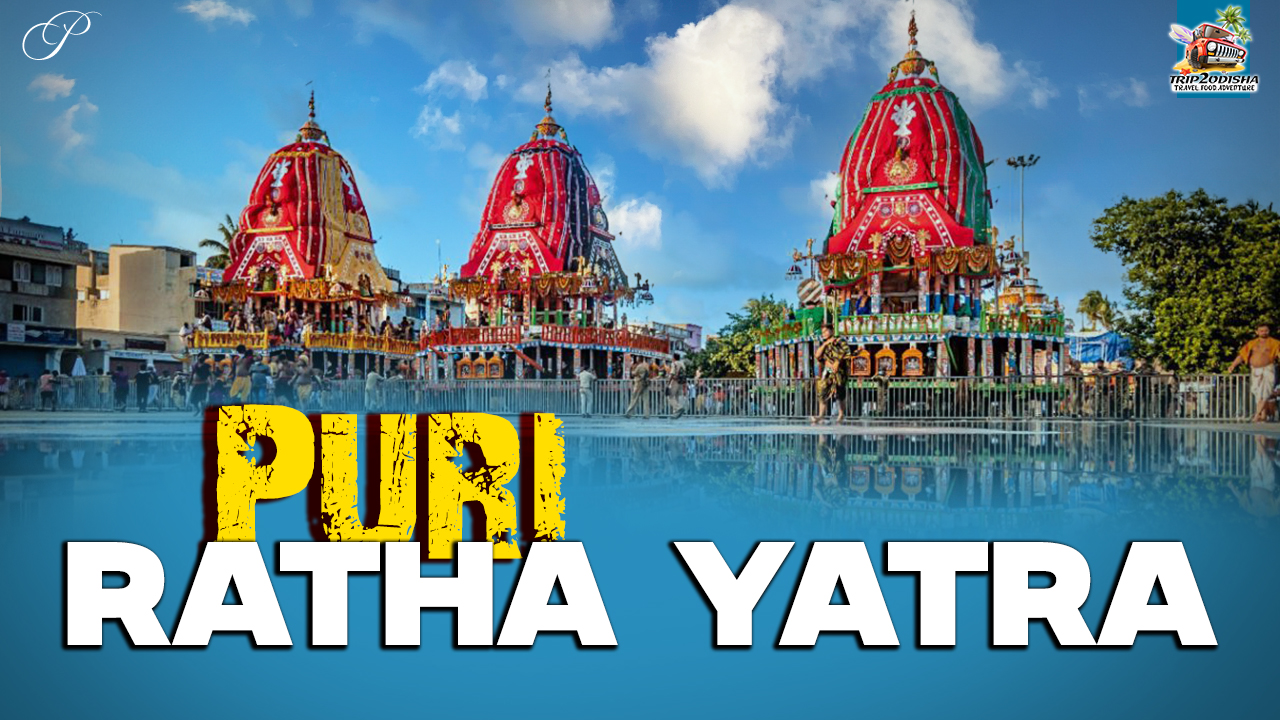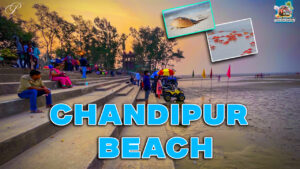The festival takes place in Puri. The Ratha Yatra, a significant festival in the Hindu religion, holds great importance in the city of Puri, known worldwide for its grand celebration. However, in recent times, the Ratha Yatra has transcended borders and is now observed globally, with festivities taking place not only in Odisha but also in various parts of the world. The festival, which involves the procession of elaborately decorated chariots carrying deities, attracts devotees and tourists alike, making it a truly remarkable event that showcases the rich cultural heritage of Hinduism.
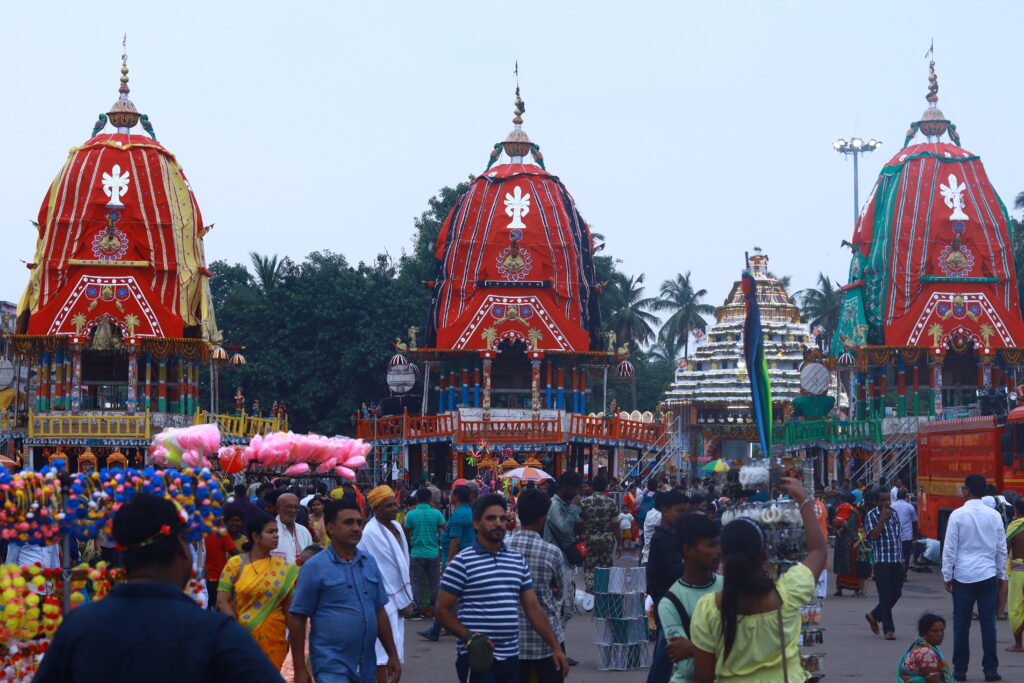
During the festival, devotees pull three massive wooden chariots carrying the deities Jagannath, Balabhadra, and Subhadra along the Grand Avenue to Gundicha Temple. They stay there for a week before returning to the Jagannath temple, which is known as the Bahuda Yatra.
It is widely believed that Queen Gundicha played a pivotal role in initiating this festival. She intended to enable sinners and the impoverished untouchables, who were usually denied access to the temple, to have a divine encounter with Lord Jagannath during His Ratha journey and thereby achieve spiritual liberation. In honor of Queen Gundicha, this festival was named Gundicha Yatra.
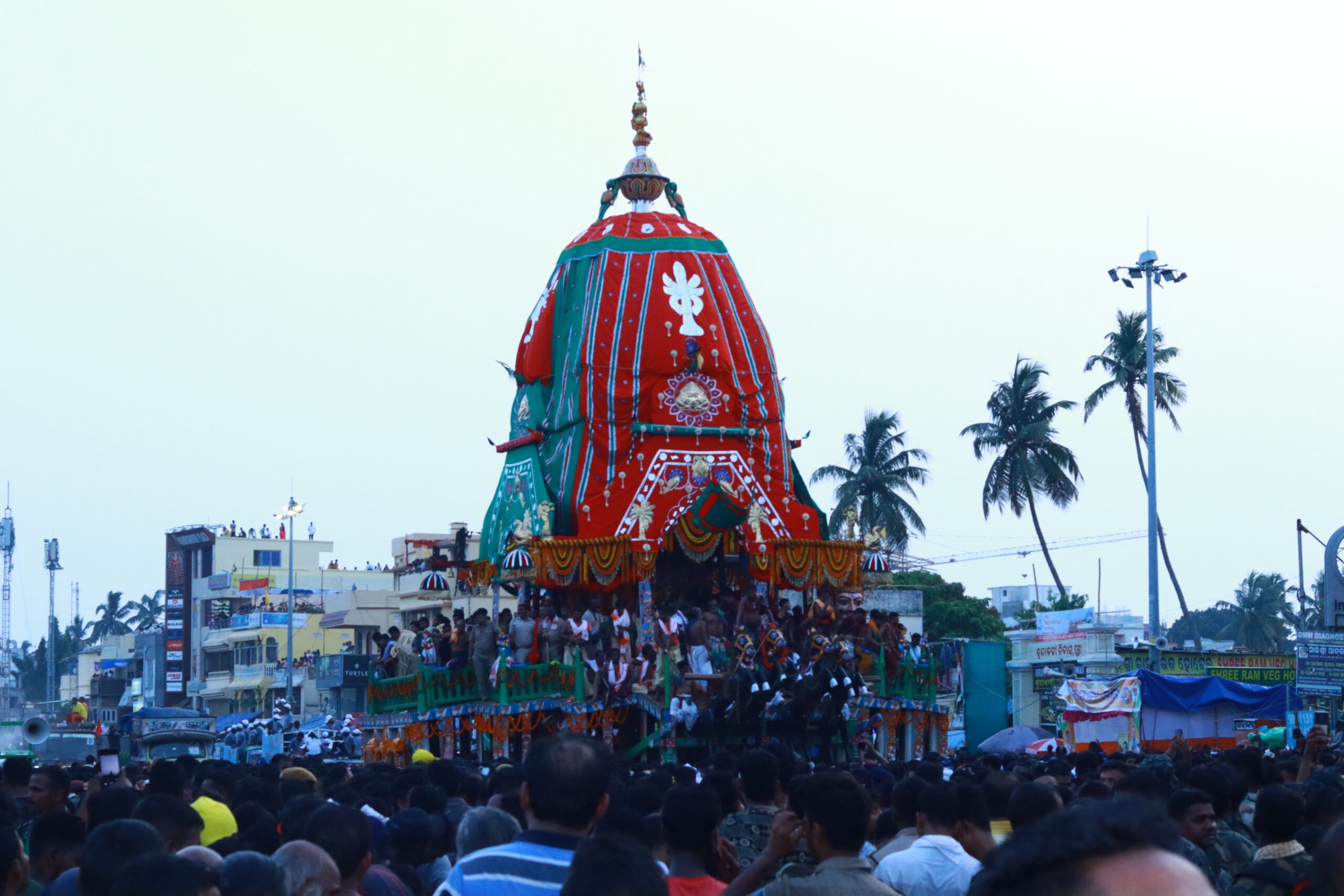
On the return time from Gundicha Temple, the chariot of Jagannath stops near the crematorium of Bhakta Salabega, a Muslim devotee, to pay tribute.
After that, the three deities take a stop near the Mausi Maa Temple (Aunt’s residence) and enjoy a serving of the Poda Pitha, a unique pancake believed to be the deity’s preferred delicacy.
After the deities’ chariots come back to the main temple from the Gundicha temple, the gods wear golden jewelry and are worshiped on the chariots. This celebration is called Suna Besha. It is said that King Kapilendra Deva started this event in 1460 after winning a war and giving gold to Jagannath. The gods wear about 208 kg of gold jewelry.
| Name of Chariot | Nandighosha (ନନ୍ଦିଘୋଷ) | Taladhwaja (ତାଳଧ୍ୱଜ) | Darpadalana (ଦର୍ପଦଳନ) |
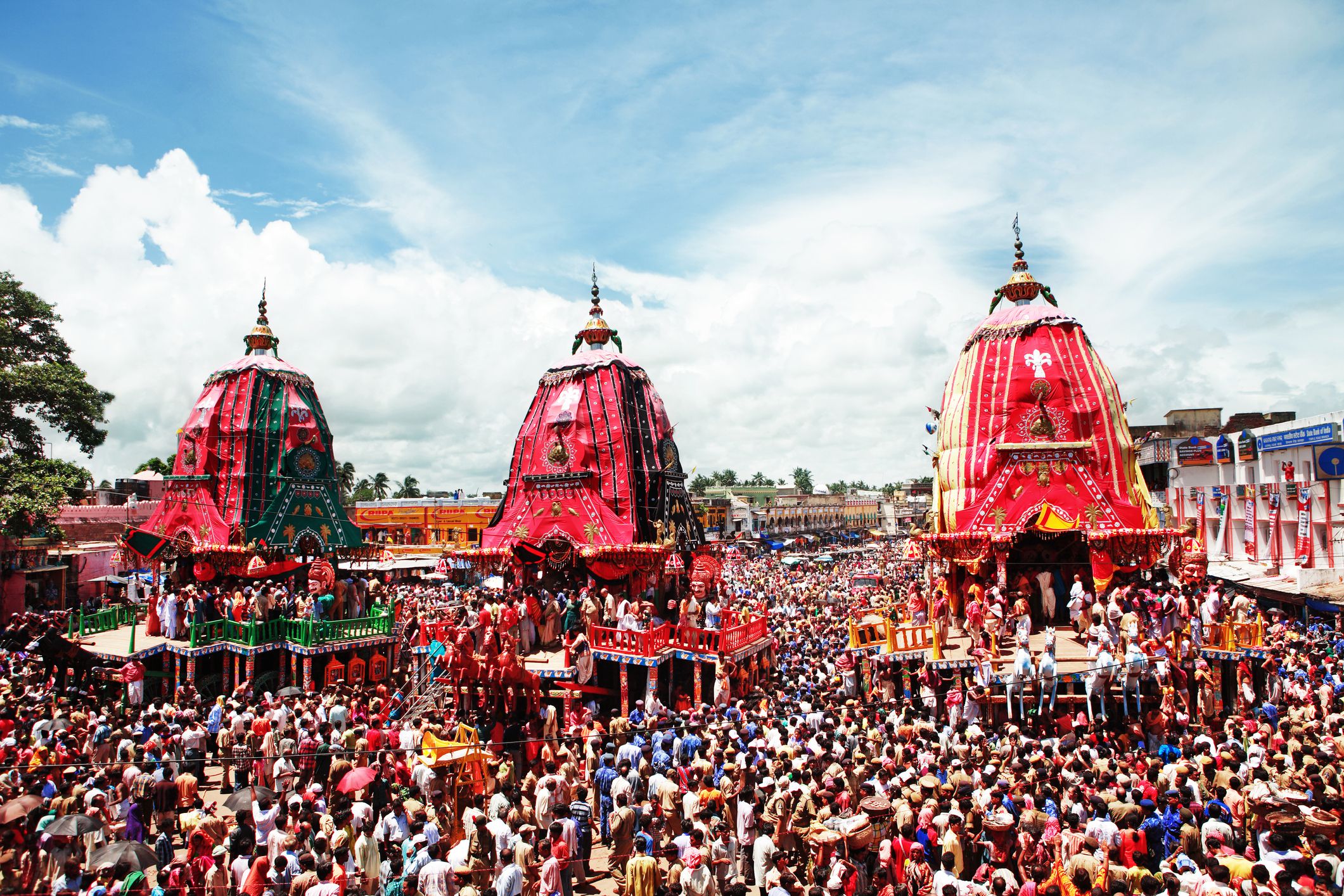 | 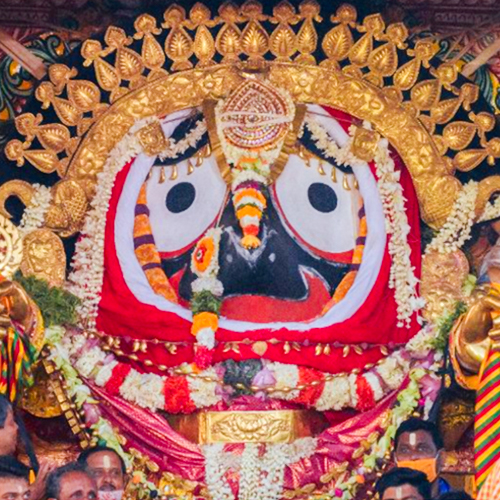 | 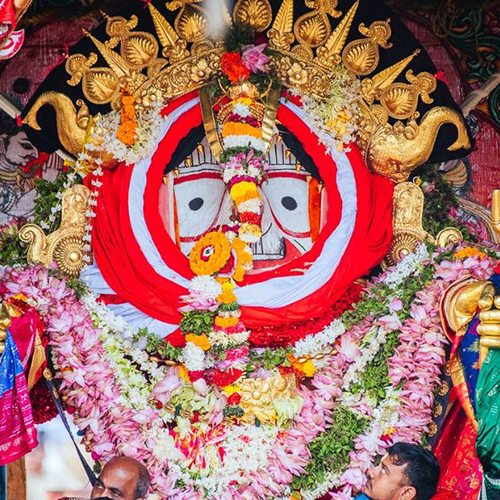 | 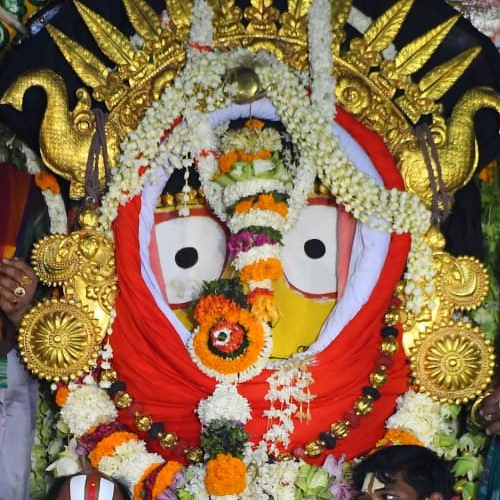 |
| Alternates name of Chariot | Garudadhwaja, Kapidhwaja | Langaladhwaja | Devadalana, Padmadhwaja |
| Number of wheels | 16 | 14 | 12 |
| Total Number of wooden pieces used | 832 | 763 | 593 |
| Height | 44′ 2″ | 43′ 3″ | 42′ 3″ |
| Length and breadth | 34’6″ x 34’6″ | 33′ x 33′ | 31’6″ x 31’6″ |
| Colors of the canopies | Red, Yellow (Yellow associated with Vishnu) | Red, Bluish green | Red, Black (Black associated with the Goddess) |
| Guardian | Garuda | Vasudeva | Jayadurga |
| Charioteer | Daruka | Matali | Arjuna |
| Flag name | Trailokyamohini | Unnani | Nadambika |
| Name of Horses | 1-Shankha 2-Balahaka 3-Shweta 4-Haridashwa | 1-Tibra 2-Ghora 3-Dirghasharmas 4-Swarnanava | 1-Rochika 2-Mochika 3-Jita 4-Aparajita |
| Color of Horses | White | Black | Red |

